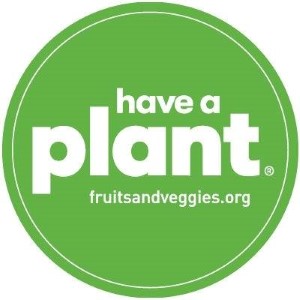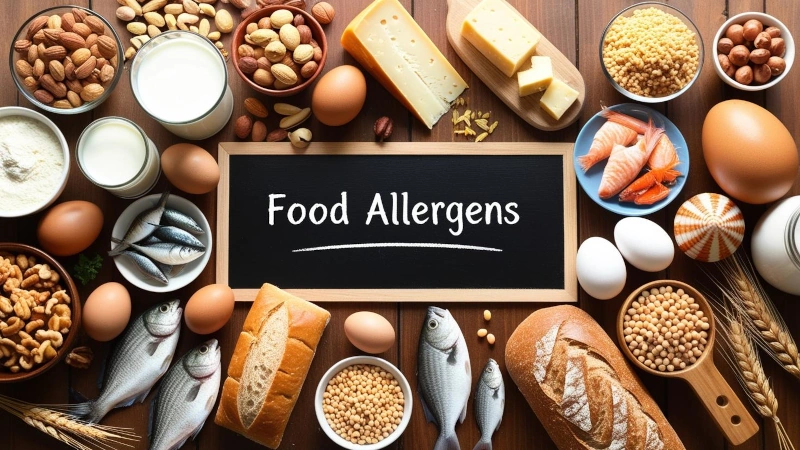From the National Peanut Board
Answer
Have you ever asked yourself or wondered, “Do I have a food allergy?” When you suspect a food allergy it is tempting to self-diagnose, but what you may be doing is creating dietary restrictions that can lead to inadequate nutrition. If you believe you or someone you know has a food allergy, it’s important to be evaluated and properly diagnosed by a board-certified allergist.
The number of U.S. adults self-diagnosing food allergies may be on the increase. Self-reports of food allergy increased about 4 percent between 2001 and 2010, according to findings in the Asthma and Allergy Proceedings.[1] Additionally, according to a national survey conducted by the Toluna Group, one in four reported they would search the internet or visit a health-related website first for food allergy information.[2] Perhaps exacerbating this situation is the use of unproven tests, often marketed directly to consumers for diagnosing food allergies.
Diagnosis usually includes a combination of laboratory testing, investigation, and clinical judgement. The most important part of diagnosis is the relevant history. Guidelines emphasize that laboratory testing alone is not diagnostic of food allergy and should not be done via panels or for foods to which an individual does not have a history of reacting.[3]
- The allergist will first ask detailed questions about medical history and symptoms. She will ask about reactions that have happened when the suspect food was eaten, including how much was eaten and how quickly the reaction happened.
- After discussing relevant history, the allergist may conduct tests to identify the food allergy. These procedures could include skin prick testing, blood tests or oral food challenges. The results from these tests will be used by the allergist to make a diagnosis. Oral food challenges are the gold standard for diagnosing a food allergy.
- If there is a positive result to the suspected food, the allergist will discuss ways to effectively manage a food allergy, including strict avoidance, emergency medications, and possible treatment options.
The vast majority of people do not have food allergies – for instance, only 1-2% of Americans has a peanut allergy. However, if you believe you have a food allergy or are experiencing symptoms after eating certain foods, it’s recommended to seek a board-certified allergist for a proper evaluation to avoid misdiagnosis and unnecessary food restriction. Start your search by asking your primary care provider for a referral. You can also search for an allergist near you by visiting the physician directory provided by the American College of Asthma, Allergy and Immunology.[4]
For more information on accurately diagnosing a food allergy and effectively managing a food allergy, visit www.foodallergyawareness.org.
Sources
[1] L. Verrill, R. Bruns, S. Luccioli. (2015). Prevalence of self-reported food allergy in U.S. adults: 2001, 2006, and 2010. Allergy and Asthma Proceedings, Volume 36, pp. 458-467.
[2] The Toluna Group, Food Allergy Survey. 2015 National Survey of 1,031 American Adults.
[3] NIAID-Sponsored Expert Panel. (2010). Guidelines for the diagnosis and management of food allergy in the United States: Report of the NIAID-sponsored expert panel. J Allergy Clin Immunol, Volume 126, pp. S1-S58.
[4] American College of Asthma, Allergy and Immunology. Physician Directory;http://acaai.org/locate-an-allergist.
The post Which fruits and veggies are a good source of potassium? first appeared in The Foundation for Fresh Produce’s Have A Plant® blog, written by the National Peanut Board.
About the National Peanut Board

At the National Peanut Board, we strive to help America’s 7,000 peanut-farming families improve their production practices and continue to put the world’s highest-quality peanut product in the hands of people around the globe. We do this so peanut growers can continue to farm the land that, for many, has been in their family for generations. And through research, marketing and promotion efforts, we’re committed to strengthening your love of America’s favorite nut, too.
About The Foundation For Fresh Produce And Have A Plant® Movement
The Foundation for Fresh Produce’s vision is to grow a healthier world by changing the trajectory of human health. The produce industry has the potential to provide solutions for many of the world’s greatest health and economic challenges – especially those surrounding nutrition and hunger.
The Foundation focuses on improving the appeal of fruit and vegetables as an integral part of people’s diets, supporting the development of infrastructure and supply chain solutions that provide easier access, and establishing strategic alliances that enable children and families to form healthier eating habits.
The transformative Have A Plant® Movement inspires consumers with compelling reasons to believe in the powerful role fruits and vegetables can play to fuel happy, healthy and active lifestyles.




